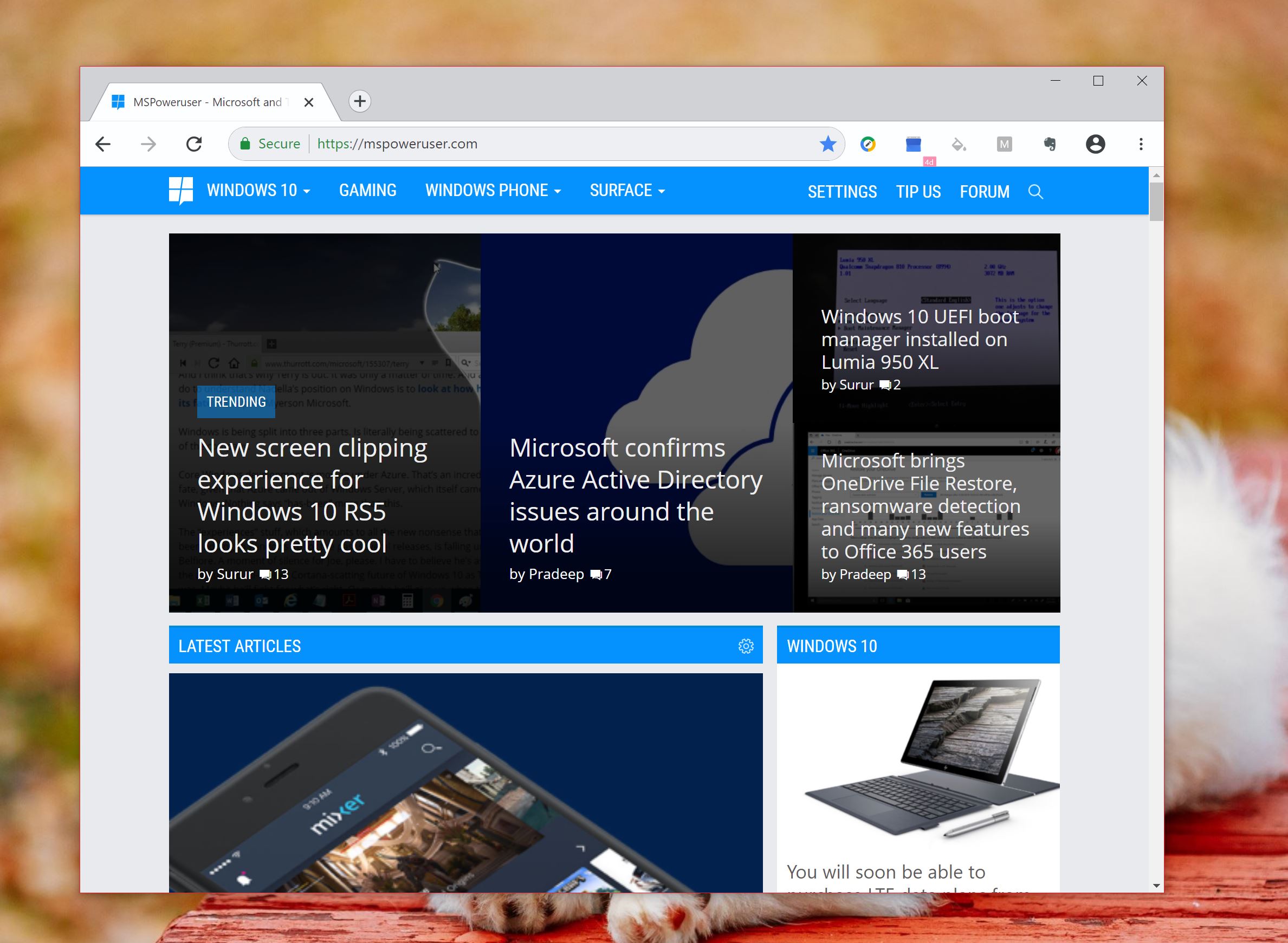Google Chrome 67 update with support for WebXR and sensors now available for Windows
2 min. read
Published on
Read our disclosure page to find out how can you help MSPoweruser sustain the editorial team Read more

Google yesterday announced the release of Chrome 67 to the stable channel for Windows. This Chrome 67.0.3396.62 update contains a number of fixes and improvements. Read some of the highlights of this release below.
Site Isolation:
With Chrome 67, Google is rolling out Site Isolation to a larger percentage of users. Site Isolation feature improves Chrome’s security and helps mitigate the risks posed by Spectre vulnerability.
WebXR API:
Chrome now supports the new WebXR standard to support web-based AR and VR apps. With the new WebXR APIs, developers can target mobile devices, Windows Mixed Reality devices, Daydream headsets, HTC VIVE, Oculus Rift and more.
Sensor support:
Chrome 67 now supports the new Generic Sensor API which will allow websites to access various sensors like accelerometer, gyroscope, orientation sensor, and motion sensor available in mobile and desktop devices.
WebAuthentication API:
The Credential Management API (Chrome 51 and later) defined a framework for retrieving credentials, including semantics for creating, getting, and storing them. It did this through two credential types: PasswordCredential and FederatedCredential. The Web Authentication API adds a third credential type, PublicKeyCredential, which allows web applications to create and use strong, cryptographically attested, and application-scoped credentials to strongly authenticate users.
You can read about all other improvements here. This update will roll out to all Chrome users over the coming days/weeks.








User forum
0 messages